Plant a mole
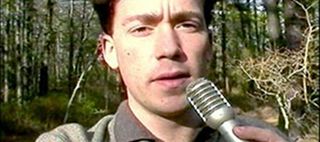
Why? Three reasons for having a susected bad egg in the midst of your crew: one, the basic threat of jeopardy as a classic dramatic device keeps us all on permanent tenterhooks, ensuring almost any situation-based plot rumbles along nicely.
Two, it offers great potential for a few twists - are they really out to sabotage the shoot, or are they in fact going to prove themselves a valuable member of the team once the gizzards start hitting the fan?
Three, you've immediately given yourself a neat little get-out when it comes to accounting for how the footage was 'found' in the first place...
See: The Last Broadcast
Don't: Keep cutting away to self-shot footage of the 'suspect' cackling dementedly, rubbing their hands together and explicitly outlining their nefarious plans straight into the camera lens. That's Scooby-Doo you're making now.
Show your enemy...
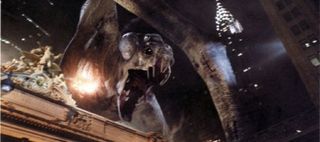
Why? Snatched glimpses of something horrible headed this way are really a cornerstone of the entire genre. You can vary the level of reveal as much as you like - from a fleeting shadow around the periphery of the shot to a roaring, balls-out zoom in on your Very Scary Thing.
Of course, there are exceptions, but on the whole it's pretty tricky to keep us fully invested without at least flashing the goods once or twice...
See: Cloverfield
Don't: Blow your load within the first two minutes by showing us exactly what we're up against in the opening sequence. Softly softly, catchy monkey etc.
...Or keep it concealed
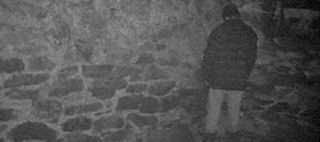
Why? Alternatively, you can go right to the other polar extreme, and refuse to show us so much as a glint of moonlight off a flashing claw for the entire duration of the inevitable meltdown.
Obviously this requires far more attention to detail in terms of atmospherics and writing, but if done with enough finesse, it can create some of the most memorable adversaries of the lot. We're basically left picturing what scares us the most - which is always far more horrifying than what scares you the most.
Either way, know which path you're taking from early on, and don't short-change us whichever approach you decide to go with.
See: The Blair Witch Project
Don't: Forget to scare the crap out of us in other ways. To this day, the horrifying 'rock-breaking' noises echoing out of the pitch black trees in Blair Witch continue to infest our dreams...
Go vox popping
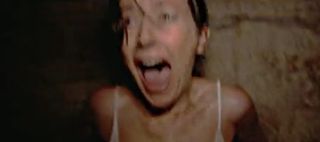
Why? 'Talking head' soundbites from spooked locals, experts in a given field or screeching, wild-eyed rumour-mongers all help to break up the sometimes nauseating jerky-cam action, and are a great device for playing with the pace and tone of the finished edit.
They're also a handy way of throwing in a good deal of exposition - they're often used to great effect in explaining the motives of an intrepid crew, shaping their posthumous personalities, or simply stoking the fires of the unsettling 'legend' being fabricated.
See: The Tunnel
Don't: Populate these sections with a roster of ludicrous cartoon character stereotypes. We want a verité style here, not a gaggle of rejected applicants for Wacky Races .
Market it as real
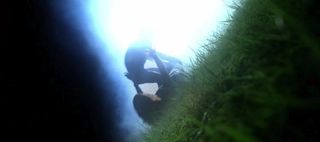
Why? Here's the real kicker, and the one that can frequently make or break your found footage magnum opus: you've basically got to lie through your teeth, brassily and repeatedly, up until the point when your first punters shell out to see it.
Essentially, these movies are all masquerading as documentaries gone awry...and we've got to believe that they're rooted in reality, or all is lost pretty early on.
Create fake websites, hide fake reference books in libraries, dig up some 'eyewitness' reports - basically blur, obfuscate and confuse the PR-guzzling public for all you're worth, and your film will end up being worth a lot more as a result.
See: Unaware
Don't: Release a lucrative merch line at the same time. All starts to look a bit too convenient , don't you think...?
